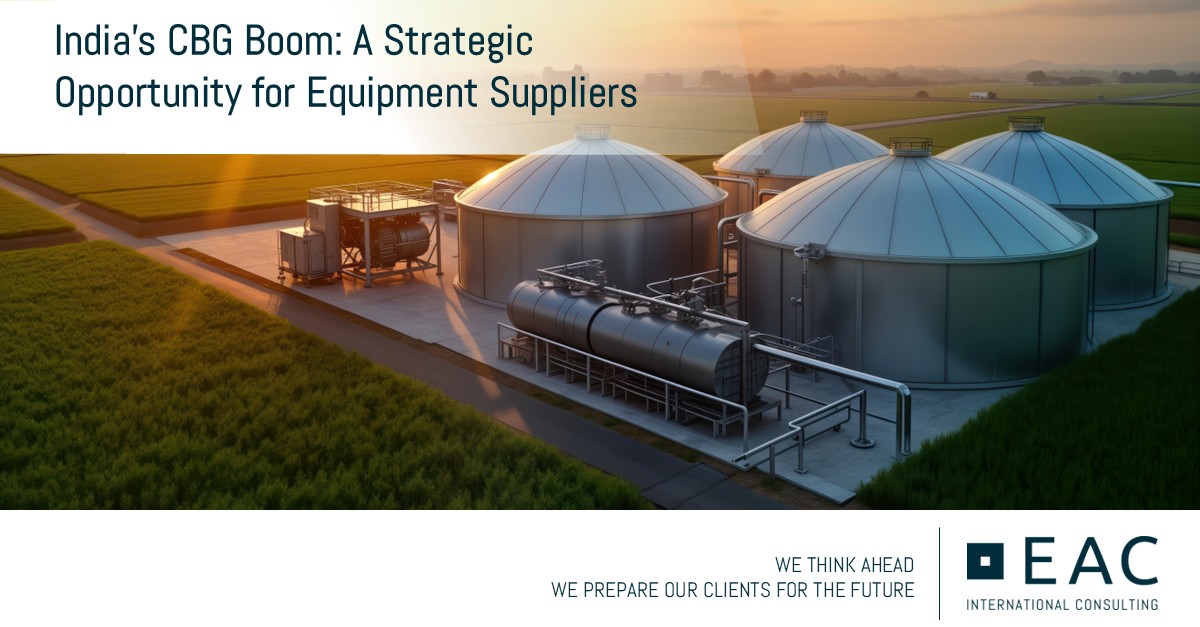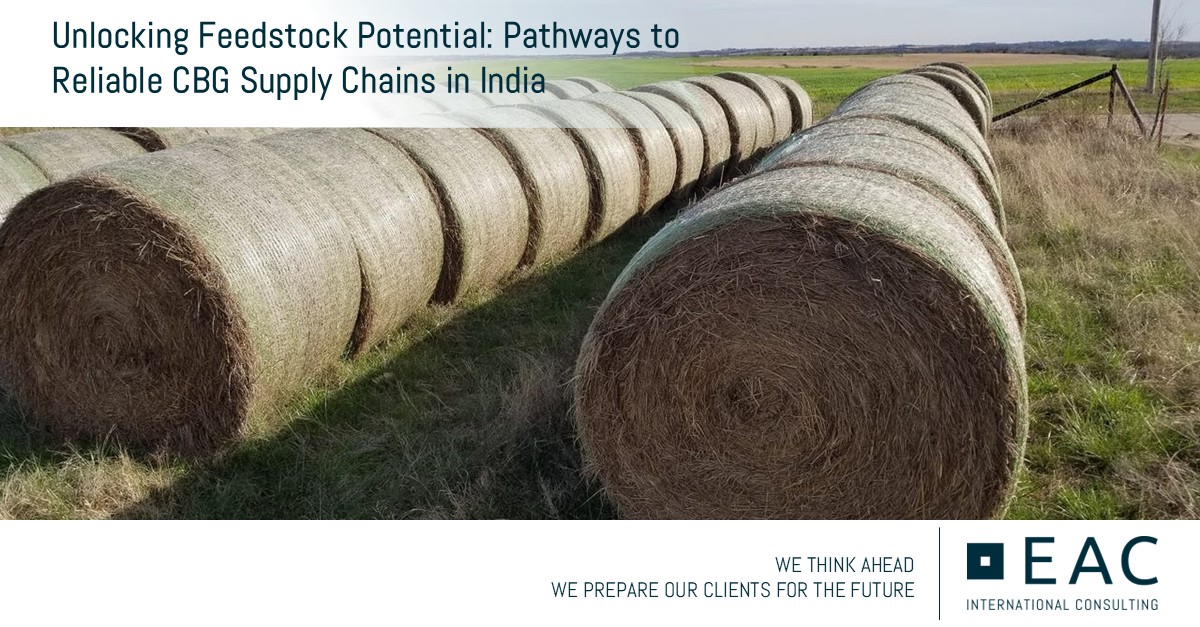ASIAN EXHIBITION INDUSTRY GROWTH IS HERE, BUT SHOULD YOU GO THE ORGANIC/ INORGANIC ROUTE?

Leading Messen Global Expansion Strategies:
Leading trade fair organizers are pursuing a two-pronged approach to global expansion. This involves both entering entirely new markets and strategically growing their presence in developing economies. The latter strategy often involves replicating successful events from their existing portfolio ("geo-cloning") or consolidating existing events in these regions. Acquisitions and joint ventures are common tools used to achieve this.
Koelnmesse India, for example, took an entirely organic approach, expanding in India by geo-cloning their successful hardware show. However, other leading Messe companies utilize acquisitions and partnerships to expand their reach and influence and capture a large market share in India, Southeast Asia (SEA) and EU:
- Acquisitions: As exemplified by Messe Frankfurt's acquisition of LightFair in the US (2024), international players are buying established events in targeted industries (e.g., lighting) to gain a foothold in new markets.
- Partnerships: Collaboration is another key strategy. Messe Düsseldorf India's acquisition of FAMDENT demonstrates how partnerships can strengthen their healthcare sector portfolio. Similarly, Messe Düsseldorf Asia and Informa Markets' joint venture in Southeast Asia's plastics and rubber trade exhibition business signifies the value of combined expertise in attracting exhibitors and attendees.
The combination of these strategies has proven successful as well. Recent examples include Messe Stuttgart entering the Indian market with a dual approach: geo-cloning 2-3 of their successful events and expanding in the education and skilling sector by acquiring the domestic show DIDAC. Additionally, Messe München launched their transport logistics show in Singapore and collaborated with SIWW to introduce IFAT in Southeast Asia.

Challenges in organic and in-organic growth
For trade fair organizers, the path to growth is a critical strategic decision. Well-established players with financial resources often favor expansion in new or existing markets. Conversely, newer entrants seeking rapid growth may opt for inorganic strategies such as acquisitions and partnerships.
Organic Growth Challenges:
- Deciphering New Markets: Launching events in new or fragmented industries often involves limited knowledge about competitor activity, audience interests, cultural nuances, local regulations, and industry trends. This lack of transparency can make it difficult to assess the market potential and ensure success.
- Establishing Event Credibility: Building a reputation as a must-attend event in a new market takes time and effort. Initially attracting the right visitors and exhibitors can be challenging due to limited brand recognition.
- Financial Feasibility: Organic growth requires a significant investment in marketing, promotion, and logistics for a new event. Ensuring financial viability can be difficult, especially in the initial stages.
Inorganic Growth Challenges:
- Synergy Concerns: When acquiring an existing event, ensuring a good strategic fit with your existing portfolio is crucial. A lack of synergy can lead to operational inefficiencies.
- Venue Considerations: Securing the right venue size and location for an acquired event is essential. Miscalculations can impact attendance and exhibitor satisfaction.
- Intellectual Property Issues: Navigating potential copyright or trademark infringement related to the target company's event concept can be time-consuming and expensive.
- Integration Difficulties: Successfully integrating the target event's team and operations into your existing structure requires careful planning and communication to avoid talent loss or disruption.
EAC: Your Partner for Organic and Inorganic Growth
EAC helps you identify high-opportunity sectors within your region for event portfolio expansion, along with supporting the transfer of successful global exhibition concepts to new markets. Our market assessments and exhibition concept development services provide a clear roadmap in launching new events.
For inorganic growth, EAC facilitates the identification of the right partners for mergers and acquisitions, aligning your strategic goals. We also assist with comprehensive due diligence processes to minimize risk and maximize value during acquisitions.
To delve deeper or initiate a conversation based on these insights, please connect with EAC experts Monica Panchal and Ketan Jadhav.
Latest
India’s CBG Boom: A Strategic Opportunity for Equipment Suppliers

India’s High-Performance Coatings Market as a Growth and Manufacturing Platform for Specialty Chemical Companies

Unlocking Feedstock Potential: Pathways to Reliable CBG Supply Chains in India

China’s October 2025 Export Controls: Strategic Implications for Global Industries


